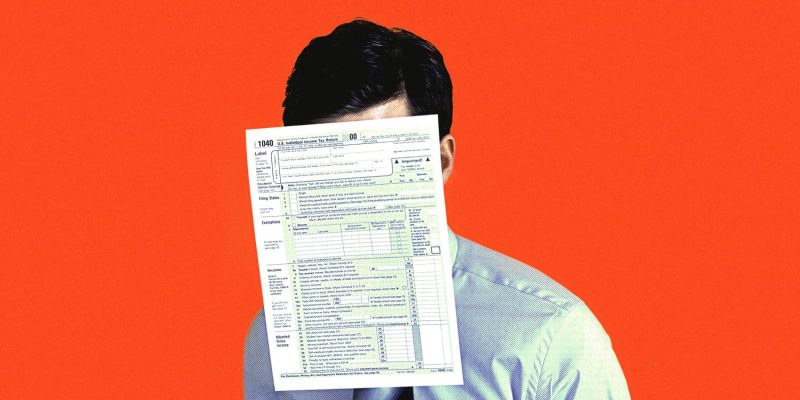The prospect of tax refunds often brings a great deal of joy and relief to taxpayers during the stressful tax season. However, receiving a smaller tax refund than expected due to higher tax filing costs can be a harsh blow. Several factors contribute to the escalating costs of filing taxes, and their impact on your refund can be a little hard to swallow.
Firstly, understanding the basic mechanics behind tax filing costs and refunds is crucial. The amount of tax refund received typically depends on the difference between taxes paid and taxes owed. However, filing the tax return itself incurs additional costs, primarily if professional services are involved. Increasingly, more individuals rely on tax professionals to alleviate the complexities of tax filing. As per the National Society of Accountants, the average fee for professional tax preparation is around $273. This number fluctuates based on how complicated the tax situation is.
The rise in tax filing costs can be attributed to several reasons. The tax code’s complexity, for starters, is a significant factor. As it becomes progressively intricate with evolving tax laws and regulations, taxpayers are compelled to seek professional services. Consequently, this increases the demand for tax professionals and drives the price up. Similarly, an increase in operating costs for tax preparation businesses, such as employee salaries, rent, utilities, and software updates, also adds to the hike in tax filing costs.
Moreover, technology plays a dual role in shaping the costs of tax filing. On one hand, several digital platforms provide cheap or free self-service tax filing options. These options have indeed made tax filing more accessible and marginally cost-effective for taxpayers with simple tax situations. However, on the flip side, these platforms often pose additional charges for more complicated tax filings, such as those involving itemized deductions, self-employment income, and rental properties.
Unexpected costs resulting from amendments or errors in initial tax filing can also chip away at your tax refund. Mistakes such as inaccurate entries, incomplete information, or incorrect tax calculations may result in penalties or increased scrutiny from the tax authorities. Correcting these mistakes usually involves additional costs, reducing the ultimate refund amount.
Inflation is yet another factor that could drive up tax filing costs. As the overall costs of goods and services increase, so does the cost of professional tax preparation. For instance, if tax professionals need to spend more on office supplies, utilities, or employee salaries, they are likely to pass these costs onto the taxpayers.
Since these tax filing costs are often subtracted directly from your tax refund, they undeniably take a bite out of the amount you eventually receive. However, savvy taxpayers can explore several ways to manage and even reduce these costs. For example, they can utilize free tax preparation services if their income is below a certain limit. Alternatively, seeking help through Volunteer Income Tax Assistance (VITA) programs, or taking some time to understand and complete their tax returns might save you a significant amount of money.
In light of the ebb and flow in tax filing costs, understanding how these could impact your tax refund is crucial for financial planning and making informed decisions. By grasping the factors determining your tax filing costs, you may be more prepared to navigate the tax season without losing a significant chunk of your refund.




